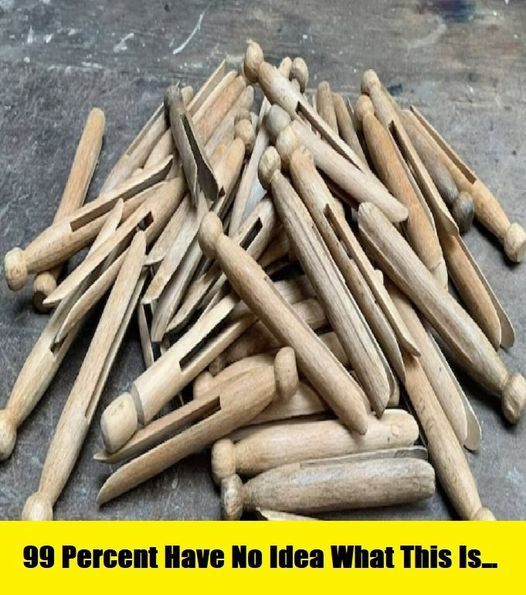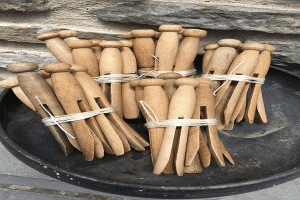Wooden clothespins, with a rich heritage tracing back to the 1800s, were essential tools during an era when laundry tasks demanded considerable effort, and garments necessitated air drying. Originally crafted from materials like bone, metal, or horn, wooden clothespins gained favor due to their cost-effectiveness and widespread availability. Initially hand-carved, these clothespins showcased the craftsmanship and meticulousness of artisans who took pride in their creations.
Beyond their conventional role in hanging clothes, wooden clothespins have found diverse practical applications. They serve as effective clips for sealing chip bags, holding photographs, and aiding in various crafting endeavors. Their adaptability has rendered them indispensable in households, workshops, and art studios alike. Moreover, their enduring robustness ensures longevity, positioning them as sustainable alternatives to disposable plastic clips.
In our contemporary, technologically driven society, the humble wooden clothespin symbolizes a return to simpler times. They stir nostalgia for childhood memories when hanging laundry under the sun was a customary chore, fostering familial bonds and togetherness. Embracing wooden clothespins reconnects us with our heritage, underscoring the resourcefulness and inventiveness of preceding generations.
Despite the ubiquity of modern conveniences, traditional wooden clothespins remain accessible for purchase, preserving a tangible link to the past.

